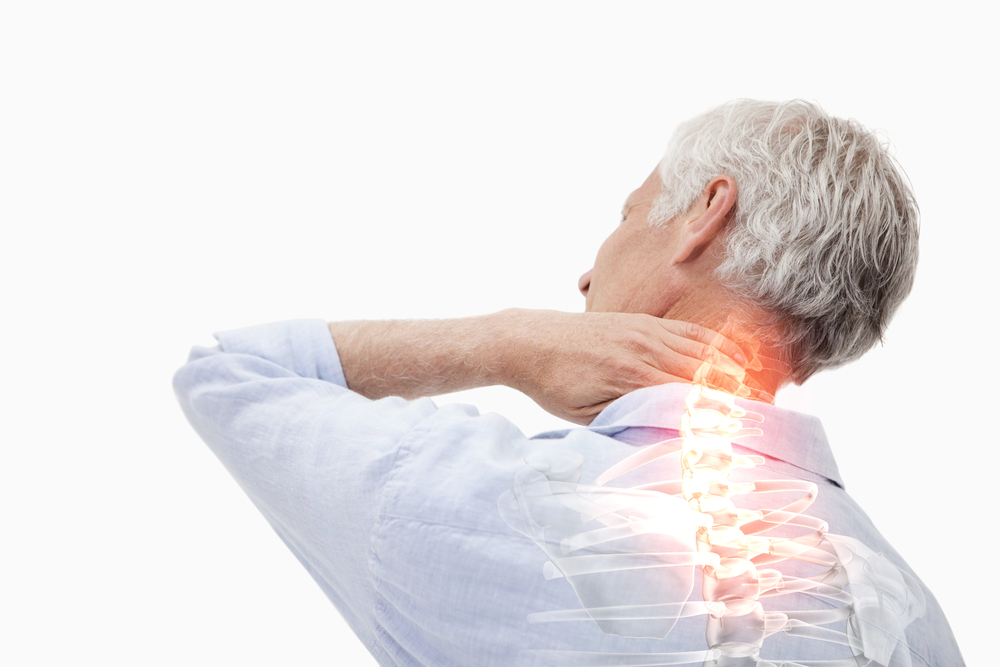Types of Pain and What They Mean
PUBLISHED ON:
May 5, 2020
Pain management can seem like a broad spectrum term to some people. How is pain defined? Are there different types of pain? Is there one treatment for all pain symptoms? Not all pain is the same. There are actually many different types of pain, some forms associated with previously existing conditions and some forms that come on suddenly. This list breaks down the most common pain classifications and the conditions related to them to help give you a better understanding of what falls under the umbrella of pain.

Types of Pain
Acute Pain: Pain that comes on suddenly and is caused by something specific such as surgery, childbirth, or a broken bone. Acute pain lasts six months or less.
Chronic Pain: Chronic pain is ongoing for longer than six months. Pain signals in the nervous system remain active even after an injury or illness has healed. Chronic pain is linked to cancer, arthritis, fibromyalgia, back pain, and nerve conditions.
Nerve Pain: This occurs when the fibers of nerves get damaged and cause chronic pain. Conditions such as diabetes, multiple sclerosis (MS), alcoholism, shingles, multiple myeloma, and herniated discs can all cause nerve damage and nerve pain.
Psychogenic Pain: Pain that starts or is made worse by depression and/or anxiety. Psychogenic pain is diagnosed when all other causes of pain are ruled out and is usually identifiable by the patient explaining a pain that does not quite match their symptoms.
Chronic Muscle Pain: Also known as Myofascial Pain, this is pain and inflammation that resides in the soft tissues of the body. Repetitive motions, lack of activity, or injury to the muscle fibers can cause ongoing muscle pain.
Musculoskeletal Pain: This affects the ligaments, tendons, muscles, and bones. Trauma to a particular area such as a fracture or dislocation can cause musculoskeletal pain as well as things like overuse or repetitive movements.
Central Pain Syndrome: CPS is a neurological condition caused by a disfunction of the central nervous system. Individuals who have suffered from strokes, MS, Parkinson’s disease, or brain tumors may find themselves with CPS.
Abdominal Pain: As the name says, abdominal pain is discomfort or pain of the abdomen which can be caused by gas or food allergies as well as more serious conditions such as Chron’s or IBS.
Joint Pain: Many of the more commonly known pain conditions are associated with joint pain. Arthritis, bursitis, tendonitis, rheumatoid arthritis, strains, and sprains can all cause inflammation and discomfort in the joints.
Complex Regional Pain Syndrome: CRPS usually occurs after an injury has caused damage to the peripheral and/or central nervous system. Read more about CRPS here
Neuropathy: A burning sensation can be identified as neuropathy and is extremely common in patients with diabetes.
Postherpetic Neuralgia: This pain is caused by shingles which comes form the varicella-zoster virus, the virus that also causes chicken pox.
Trigeminal Neuralgia: This ongoing pain condition affects certain nerves in the face. Any of the three nerve branches, the mandibular branch, the maxillary branch, or the ophthalmic branch, can be affected. Some individuals describe the pain as an electric shock, stabbing, or shooting pain.
PUBLISHED ON:
May 5, 2020


